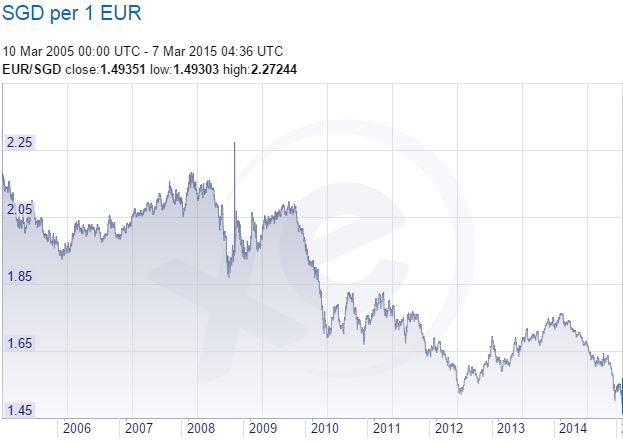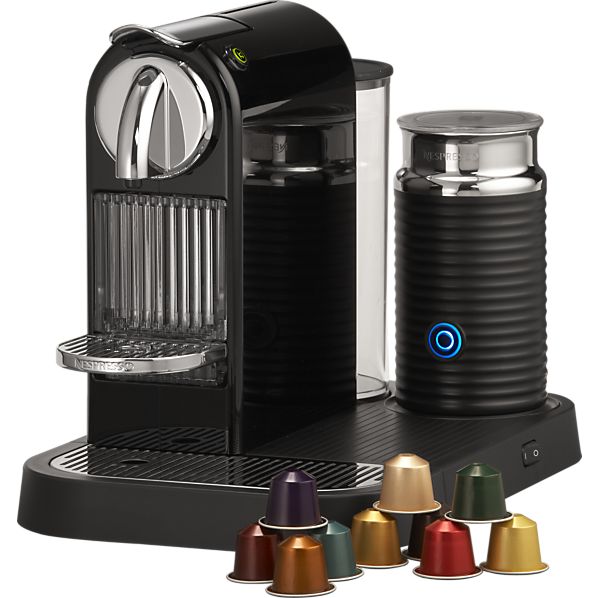We have often heard of the term “Income Investing”, but what is it and why it should concern you? Income investing is essentially investing into assets that produce income for you. This could range from investing in stocks that reward investors with dividends, purchasing a residential property and renting it out, etc. I particularly want to zoom into the stocks side because that’s what I have been doing and more people can benefit from this article because owning a property requires a good amount of capital, which not everyone may have at their dispense.
Why Income Investing?
What if I told you that your money has the capacity to grow at a “fixed” rate irregardless of market conditions. Would you be interested? I want to introduce you to dividend stocks where companies pay out dividends that could range all the way to double digit dividend yields if bought at low prices. The benefits of investing in dividend stocks is that you enjoy potential capital growth as well as get to take home some cash every year or even every 3 months.
Picture this, you bought Stock X at $1.00 and based on past dividend history, it has consistently given off $0.05 of dividend per year. This translates to 5% dividend yield per year. What it means is that even if the stock price goes to $1.10(Scenario A) or $0.90(Scenario B), you’ll still get your $0.05 per year. If you consider in terms of returns, for Scenario A, it would mean that you made a 15% return for the year and for Scenario B, it would mean just a 5% loss (-10% + 5%). Your capital gain/loss is amplified or mitigated by your dividend yield.
Fixed Deposit or Dividend Investing?
Some of you may be contemplating between FDs and Dividend Investing. I will leave it up to you to decide at the end of the day, but I will show a comparison between the two.
Fixed Deposit
- Lump sum/Progressive capital investment with a minimum lock-in period.
- Principle amount usually guaranteed.
- Some allow you to take home a small sum every year while deducting it away from your principle amount. Meaning less compounding power.
- Fixed but relatively low interest rates and long lock-in period with penalties for early surrender.
Dividend Stocks (Increase risk, increase return)
- Increased risk, although not necessarily high if due diligence is conducted.
- Potential capital gains.
- Possibility of increasing dividend yields through increased dividends or averaging down the share price.
- No lock-in period, no minimum sum.
For people who aren’t interested with stock markets at all or don’t know how to select companies may prefer the fixed deposit option. However consider this, when you take on a little more risk and spend time to learn and understand companies, you can mitigate the risks you take. There may be losses, but for the same period of say, 25 years, with dollar-cost averaging or other strategies that you may apply, you’ll likely see returns that fixed deposits can never offer you. And besides, have you ever heard of anyone getting rich by putting their money in fixed deposits alone?



















